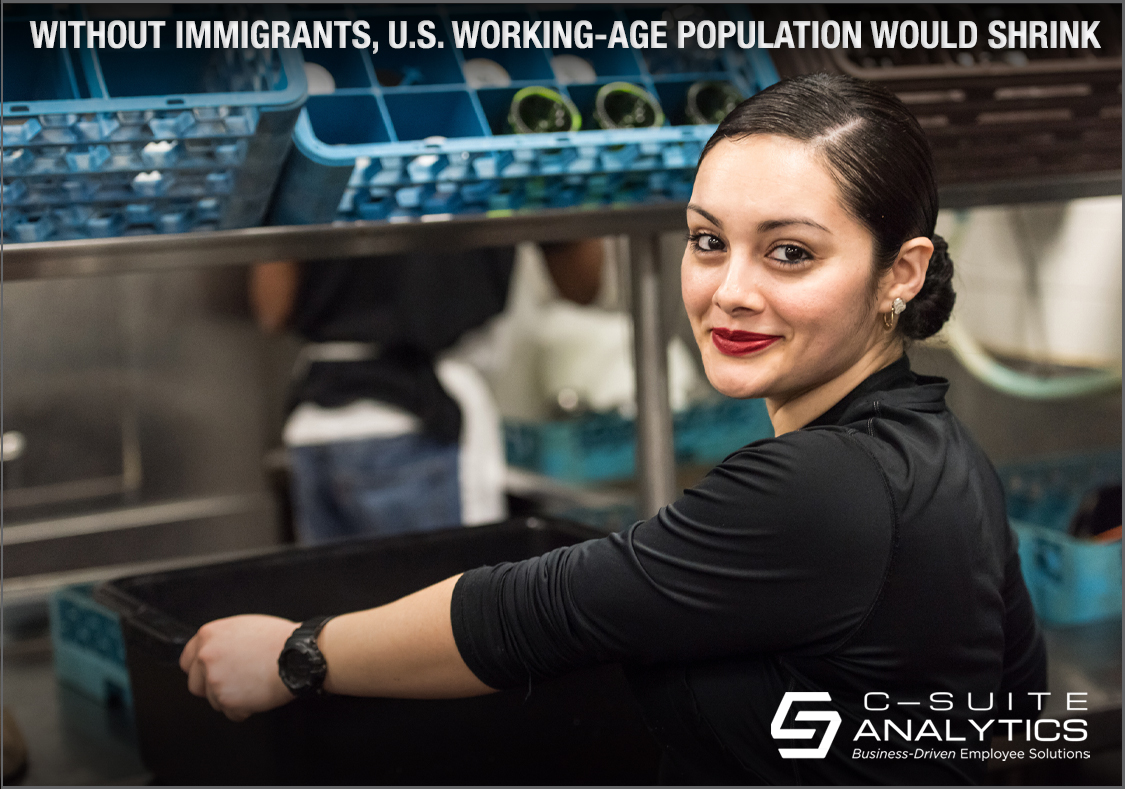Americans Quit & Canadians Stay: Could It Be the Hedonic Treadmill?
Let’s be direct. U.S workers are quitters. And a recent experience put that into full perspective when a client company executive said, “Let’s just work on cutting turnover in the U.S. Our Canadian plants always have low turnover”. Other executives have said similar things over the years so this time I looked it up.










